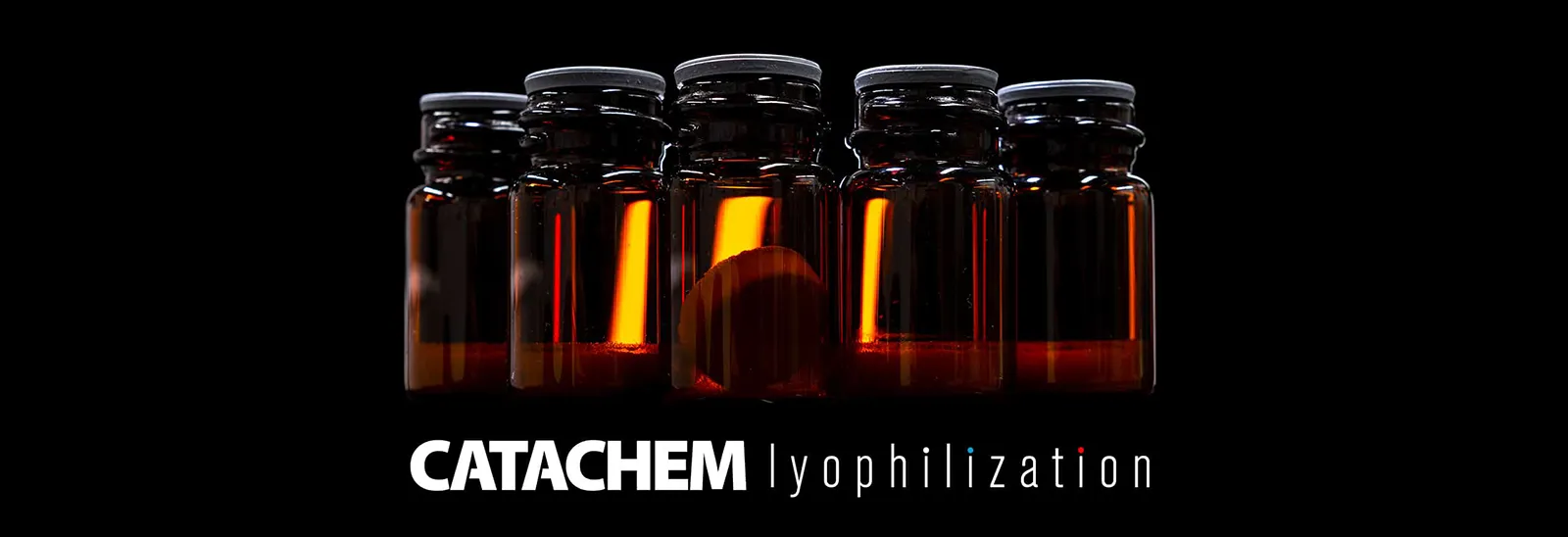
Lyophilization FAQs:
Here are some frequently asked questions (FAQs) about lyophilization (freeze-drying):
1. What is lyophilization?
Lyophilization is a dehydration process used to preserve perishable goods and make them more convenient for transport. It involves freezing the material and then reducing the surrounding pressure to allow the frozen water (or other solvents) to sublime directly from the solid phase to the gas phase. This bypasses the liquid phase after initial freezing leaving behind a dried product.
2. What are some of the advantages of lyophilization?
-
- Preservation: It helps extend the shelf life of sensitive materials by removing moisture.
- Retention of properties: Lyophilization often maintains the chemical and physical properties of the material better than other drying methods like spray drying or simple air drying.
- Reduces weight: Lyophilization results in a lightweight, easily transportable product.
3. What kinds of materials can be lyophilized?
Lyophilization is commonly used for biological materials such as vaccines, proteins, bacteria, enzymes and other sensitive biologics, some involving DNA (deoxyribonucleic acid) and RNA (ribonucleic acid) and their derivatives.
4. What are the challenges or limitations of lyophilization?
-
- Cost: Lyophilization can be an expensive process due to the specialized equipment and time investment required in not only the time to freeze dry but more often the research time required to optimize a particular freeze dry process.
- Fragility: Some materials may be sensitive to the freezing or drying process.
- Processing time: It may be a somewhat time-consuming process compared to other drying methods.
5. When is lyophilization useful?
Lyophilization extends the shelf life of products and makes them more convenient for storage and transportation without the need for refrigeration.
6. How is the quality of a lyophilized product ensured?
Quality control (QC) measures involve monitoring parameters such as temperature, pressure, and moisture content throughout the process. Analytical techniques, like microscopy and spectroscopy, are often used to assess the final product’s quality, ensuring its uniformity, stability and efficacy.
7. Can lyophilization be reversed?
Reversing the process to recover the original material and re-work this after lyophilization is possible, although somewhat challenging. Reconstitution by adding an appropriate solvent (usually water) is the only practical way to bring the dried material back to its original state. Once in this state the material can be reworked and lyophilized a second time. Any damage following this process would require extensive testing.
Freeze Dried reagents, controls & calibrators
Extend your diagnostic or research reagents shelf lifE
Increase product stability
15 Years lyophilization experience
100% US production
Proof of concept requests, large or small volumes
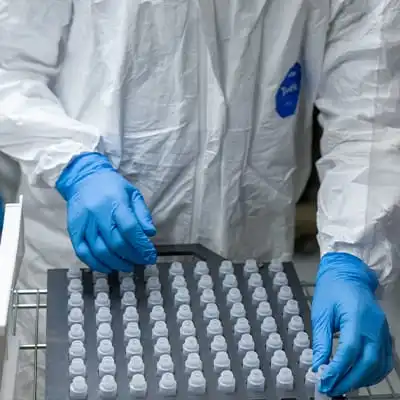
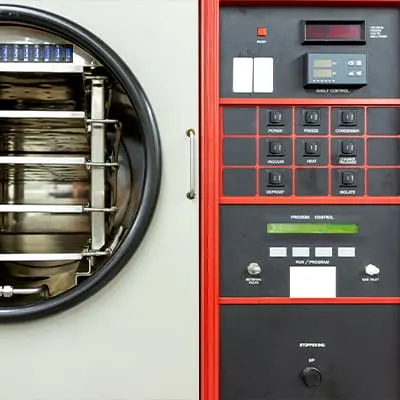
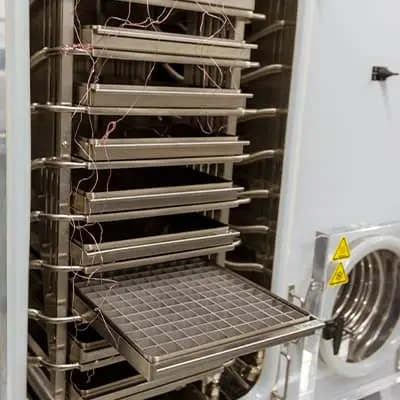
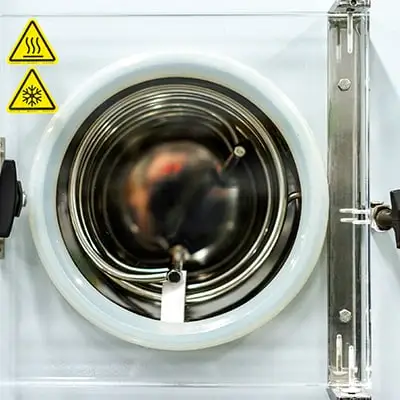
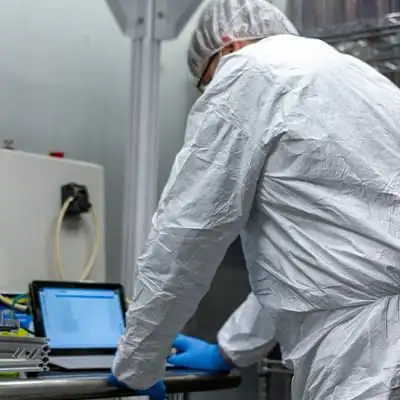
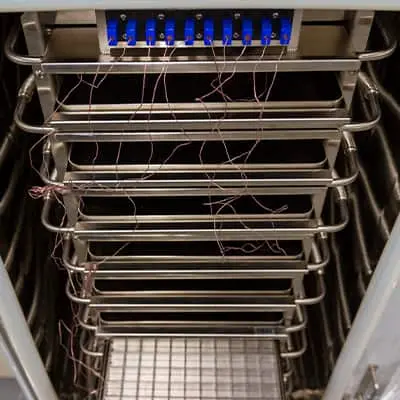
How Can We Help You?
If you are looking to place an order, request technical help or ask questions about us, get in touch today!
